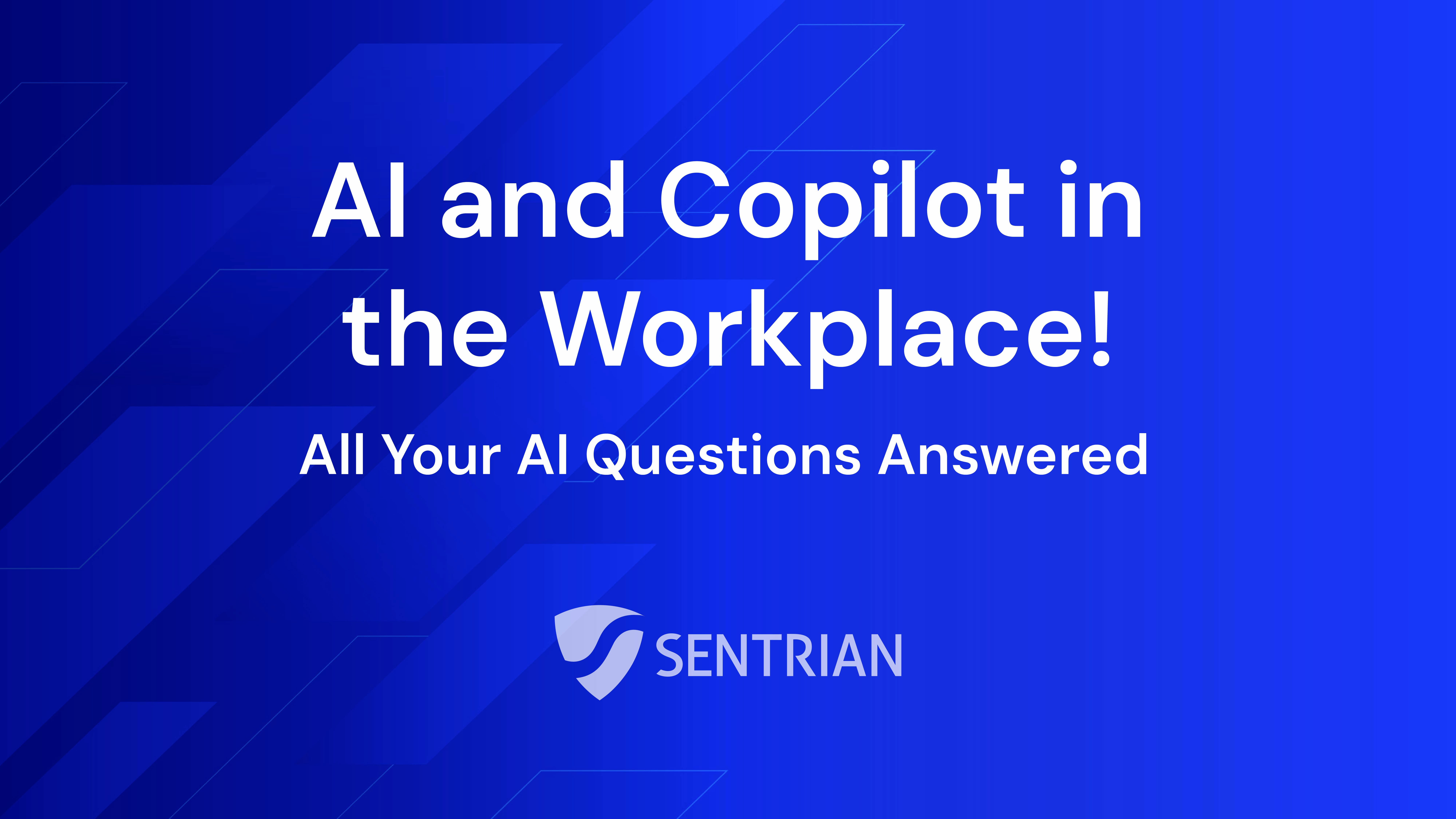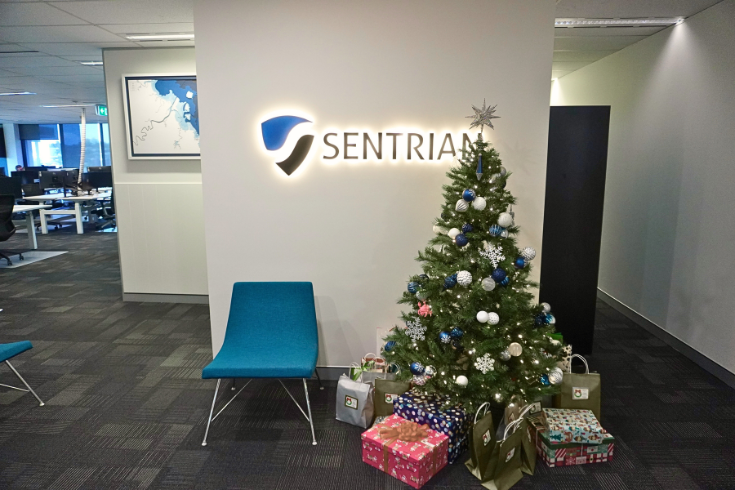At the 2017 ALPMA Summit in Brisbane last month we heard how implementing innovative technologies is not necessarily the same as achieving true business innovation.
Business innovation is achieved by transforming what you do, and how you do it, by a new way of working. Often that means investing in new technologies but more importantly it means enabling people. People who have been inspired to think creatively, imagine new ways of working and are supported in driving change.
People are being increasingly recognised as the driving force behind innovation. Even the technology industry itself is acknowledging that products are not innovative in their own right. They rely on individuals and teams being given the freedom to fully utilise them in a creativity-promoting environment.
The tech world is shifting its focus to people
A key proponent of the focus on people is Atlassian, Australia's latest start-up success story. Atlassian puts it plainly, a business must create a culture conducive to innovation without forcing the issue. It is about putting the right pieces in place.
Their five-point values list on the topic sets the scene:
- Innovation and creativity exist in everyone (it's just that some of us have learnt to suppress it).
- Diversity of thought, skill, and background are essential ingredients for innovation.
- Innovation can't be forced.
- People need time and space to let their creative, innovative juices flow.
- All great human achievements are accomplished by teams.
People shouldn't feel as if innovation is a capability beyond them or that it's something other people and businesses do. "Structured innovation" can become part of every work role without being burdensome. Starting with an attitude adjustment, it can be extended to be a formal part of every job description.
A healthy culture takes an empathy refresh
The trend to focus on people is also bringing new light on the role of empathy in innovation and, more broadly, corporate culture. Microsoft CEO Satya Nadella is at the forefront of this push, saying empathy needs to be considered when developing innovative technology.
His message is that employees' instinctual actions reflect a business's culture. And a business's culture is not organic, it is defined by values and goals.
Nadella recalled his experience during the interview process for his first position at Microsoft in the 90s. He was asked how he would respond if he came across a baby crying alone in the street. Instead of responding immediately, he paused to consider what he thought was expected of him. Finally answering that he would call the authorities. The interviewer said he should pick up the baby and give it a hug.
Nadella pointed to this as an example of why businesses need to be switched on to their employee and customer needs.
"You can't just say 'We'll listen to customers and do what they ask us to do' because that's not what they really want you to do," he said. "They want you to get beyond their words and get in touch with their real needs. That requires in my opinion the deepest sense of empathy. Now the real challenge is, you can't go to work and say 'let me switch on that empathy button and be great at business'."
Diverse teams with shared values
Positive and long-lasting innovation successes are the product of teams. Teams that are propelled by the innovation sparked from individuals.
Nadeem Shaikh, CEO of Anthemis (a venture capital and advisory firm), argues hiring the right people for those teams is crucial.
"The institutions that successfully cross the digital divide will invest in leaders who are building companies for the next 50 years, rather than for the next three to five years," Shaikh said. "This focus on people is key."
While having the right people is important, the potential to innovate isn't restricted to people who can potentially innovate or not. As a society we often put forward individuals like Steve Jobs or Elon Musk as the embodiments of innovation. Individuals who, rightly or wrongly, stand above the rest.
But the fact is, teams powered with shared values and the right technology can make innovation happen.
The list of values from Atlassian above argues that any person is capable of being innovative. So long as they are given freedom in a team that also shares similar values. Teams can be be made up of people from diverse backgrounds, but it's their shared values that enable them.
Once those teams have the prerogative to think outside the box, innovation will follow.
Tech-enabled people
Investing in technology does have a clear role in enabling individuals and teams. However purchasing technology alone should not leave the impression that innovation will inevitably follow.
Innovation requires people, the right technology and a work environment open to trying something new.







